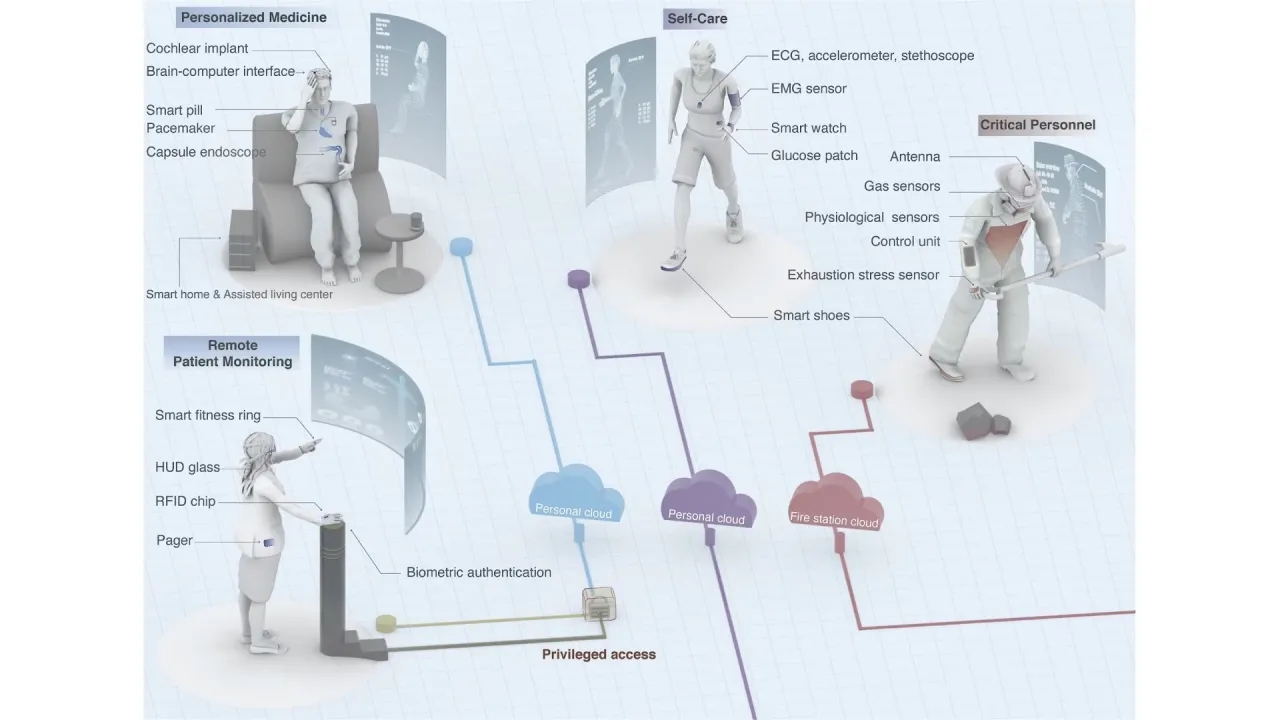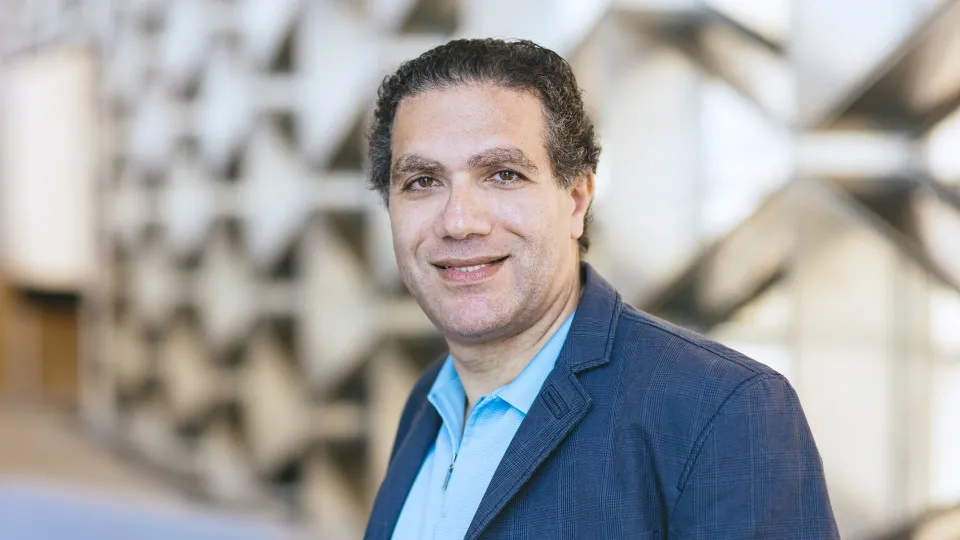
Connect the internet of bodies
A network of body monitoring devices connected using our own tissue could form the basis for the internet of bodies (IoB).
About
Human body communication (HBC) that takes advantage of the mostly conductive features of body tissues can provide highly secure and power-efficient data transmission among wearable, implanted and ingested medical devices, KAUST researchers have shown1. The findings open the way for the interconnection of long-lasting wireless devices as the foundation for the internet of bodies (IoB).
The internet of things (IoT) is a technology framework in which a myriad of devices can be interconnected to provide seamless functionality and unprecedented depth of data on the world around us. Autonomous vehicles and smart homes, for example, rely on IoT technologies for monitoring and control. But what if the same idea could be applied to monitoring our own bodies and alerting us to health signals? That is the concept behind the IoB.
“The IoB is a network of wearable, implantable, ingestible and injectable smart objects that allows for in-, on- and off-body communications,” says Ahmed Eltawil. “For example, smartwatches, smart shoes, pacemakers and cochlear implants could be interconnected to monitor our biomarkers.”
However, interconnecting these devices using radio waves like those used in Wifi networks — the conventional go-to technology for such applications — can produce stray outward signals that could allow eavesdropping or biohacking, as well as using excess energy.
Through a systematic investigation of potential IoB interconnection technologies, Eltawil and colleagues Abdulkadir Çelik, Abeer Alamoodi and Khaled Salama revealed HBC to be the most promising.
Read the full text.



